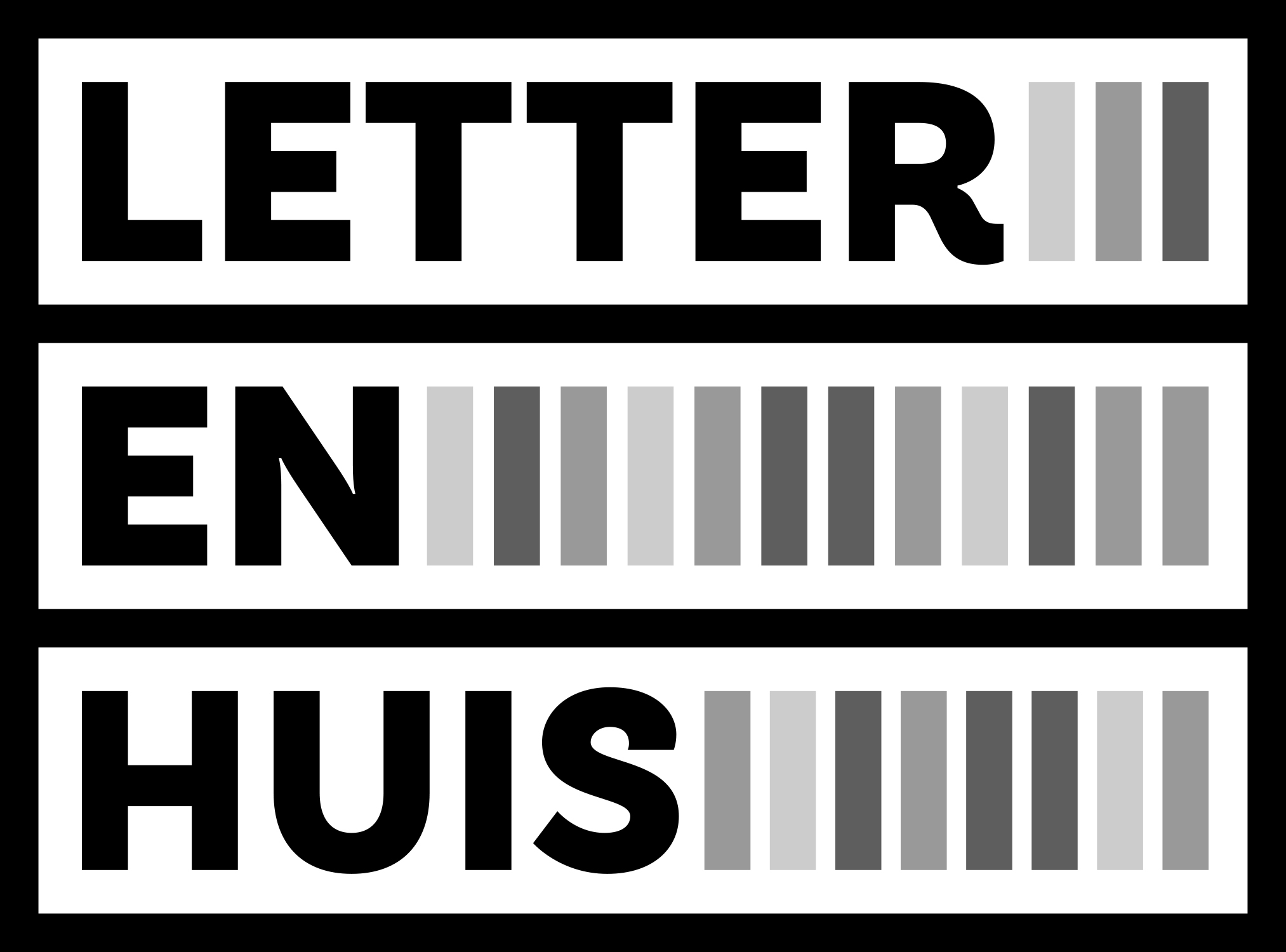1899: Conscience archive purchased
The city of Antwerp buys the estate of Hendrik Conscience. The archive consists, among other things, of all the manuscripts of the writer, including that of De Leeuw van Vlaanderen.
1912: Conscience exhibition
A major exhibition is made from the archive material to celebrate the hundredth anniversary of the birth of Conscience. The large number of visitors encourages the idea of creating a permanent Conscience museum. The Conscience collection finally finds a home in the broader context of the ‘Museum van de Vlaamsche Letterkunde’.
1933: Museum van de Vlaamsche Letterkunde
The ‘Museum van de Vlaamsche Letterkunde' [Museum of Flemish Literature] is founded. A permanent exhibition about Conscience and his contemporaries is opened. The new museum has the task of collecting the literature and, as an extension of this, the cultural archive material of and for Flanders.
1944: Building damaged
V-bombs damage a large part of the building in the winter of 1944. Because a part of the collection has been taken to safety during the war (first in castle Lavaux-Sainte-Anne near Namur and then in Brussels), the damage to the collection is limited.
1945: Archive and Museum for Flemish Cultural Life
In 1945, the institution is renamed Archief en Museum voor het Vlaamse Cultuurleven [Archive and Museum for Flemish Cultural Life] (AMVC). In 1959, a new building in the Minderbroedersstraat is taken into use. The permanent exhibition ‘Two hundreds years of cultural life in Flanders’ opens in 1963 and, during the following decades, is regularly updated.
1955: Binder
The AMVC grows into an archive and documentation centre on Flemish culture. In 1955, the first Binder is published, which gives a survey of all key words under which the AMVC stores its material. The printed binder is replaced in 1985 by an automated version. From 1996, information about the collection can be found in the Agrippa database.
2002: AMVC-Letterenhuis
At the end of the 20th century, careful thought is given to the position of the AMVC in the radically changing world of museum and archiving. Consultation, studies and reports clearly show that attention for the literary heritage should be the core activity of the institution. This decision echoes in the new name: ‘Letterenhuis’. The choice for literature means that the Letterenhuis no longer collects documentation material on a broad range of cultural subjects. Processing the literature heritage and making it accessible is now the main task. A permanent exhibition on 200 years of literature in Flanders is prepared. It opens to the public on October 17, 2004.
2004: Recognition as cultural archive
The Letterenhuis is a municipal institution, financed by the city of Antwerp. When it was founded in 1933, however, it was given the assignment of collecting literature archive material from the whole of Flanders. The archive decree of 2002 offers the first opportunity of financial support from the Flemish government. On January 1, 2004, the AMVC-Letterenhuis is officially recognised as cultural archive of the literary heritage.


